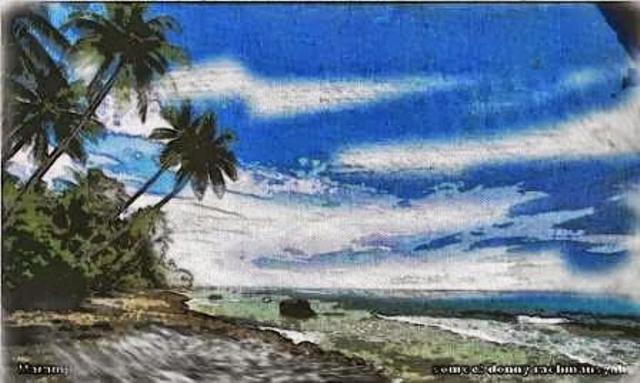Indonesia is rich in bio-diversities spread out throughout the archipelago either on land or in the deep sea. Its flora and fauna are basically divided into two regions by a deep trench called Wallace Line stretching from Lombok Strait at the south up to north along Makassar Strait and ends up at the trench located west of Sangihe-Talaud islands.
However, there are still many species which are still unknown especially in incognito areas in the middle of the jungle and in the deep sea. Several expeditions had been carried out in several rainforest and offshore areas either by government institutions or universities to explore the bio-diversity, similar to what Wallace did, but leaving the deep sea trenches untouched.
Some shallow water volcanoes were identified only at 100 to 200 meters below the sea level and a much big volcano, called Kawio Barat, at deep water of 6,000 meters below the sea level. The peak of the volcano, which is around 3,400 meters as measured from the sea floor, is still far below the sea level. The expedition teams studied the hydrothermal activities of the bursting and bubble gases erupted by the volcano and its surrounding marine biota which live in the darkness without sun rays.
The effect of hot deep sea water on the eco-system sustainability was explored as they produce nutrients necessary for the creature living in such hot deep water. New species of deep marine creatures were discovered, some of which are very unique mega-mouth shark and sort of shrimp species, the latter living comfortably in the boiling sea of 400 oC caused by active volcanoes. In addition to those marine biotas, around the mountain tops, the experts found rich gold nodules, economically untapped because of the depth of the seabed where they are discovered.




No comments:
Post a Comment